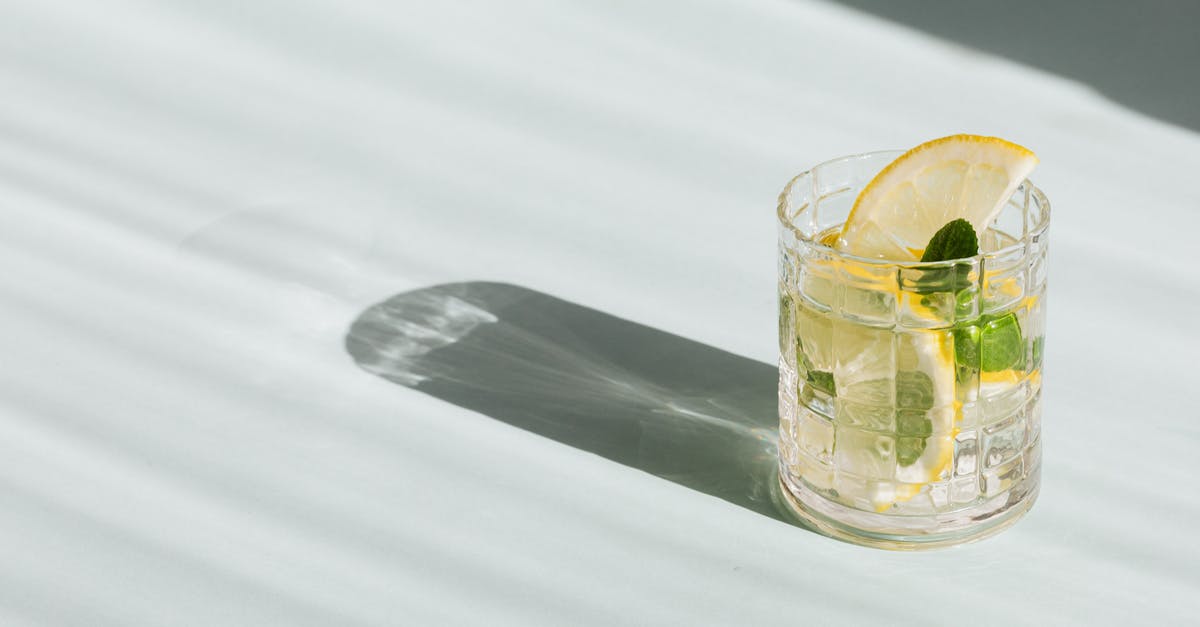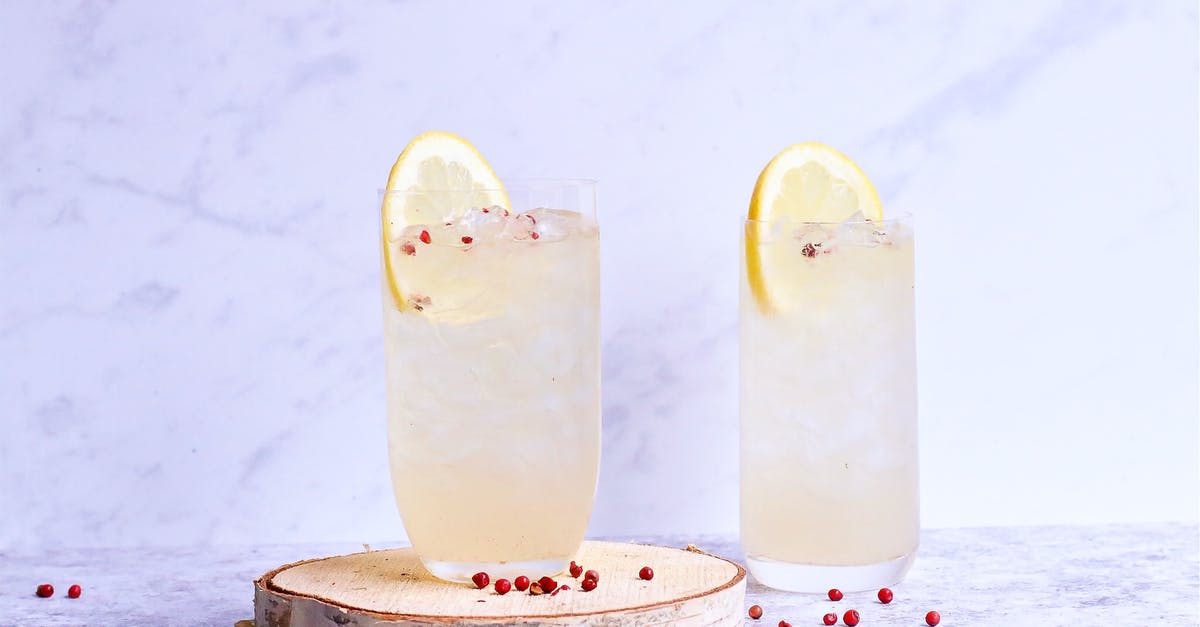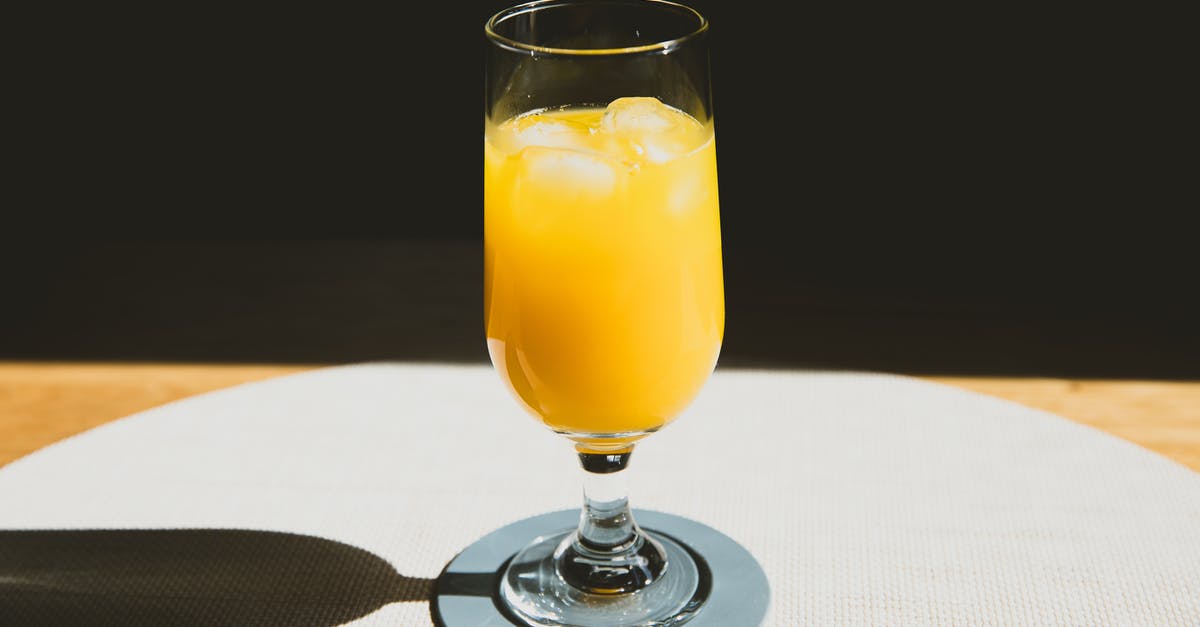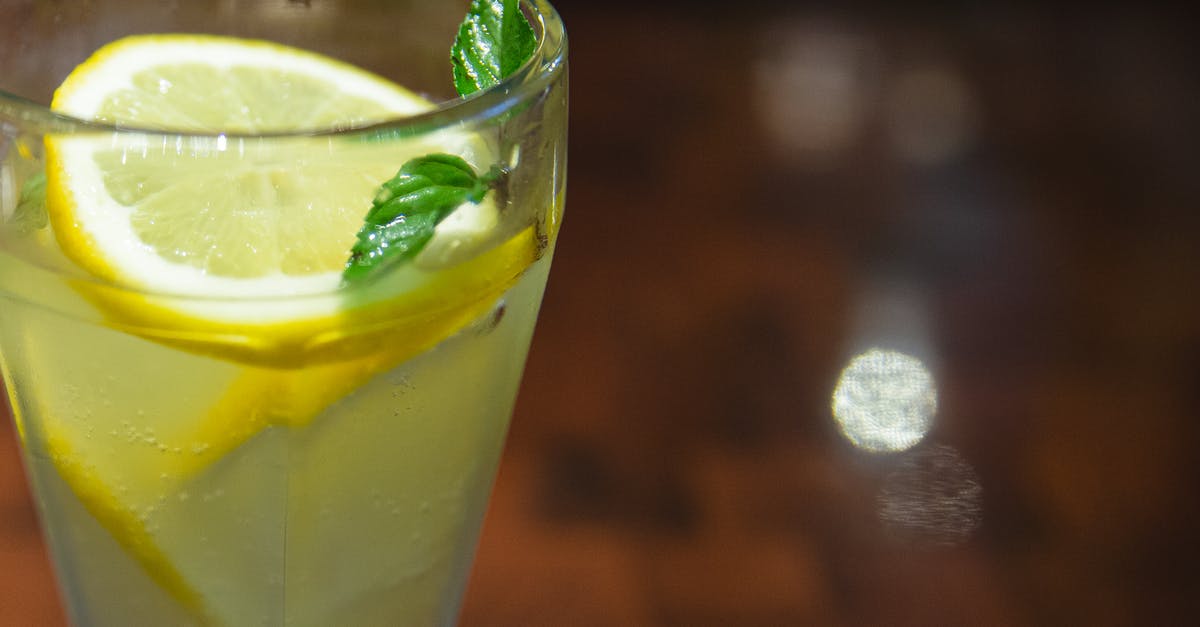How to infuse flavours in alcohol?

When making lemon lime and bitters at home, I decided to try the bitters by itself (the one with the classic oversized label, I think it's Angostura).
It tastes heavily of what seemed like cloves and cinnamon, or aniseed-ish flavours and wondered "Could I somehow make a similar thing myself?" So say I had some ratio of those dry ingredients and wanted to infuse them into some alcohol, what alcohol should I use? Would using say vodka not be a great idea due to it potentially changing the flavour?
Best Answer
Can you make bitters and spice-flavored tinctures at home? Absolutely you can! I do all the time - in fact, I've successfully engineered a couple of bitters recipes, and even gave a homemade "holiday" bitters to friends as a Christmas favor last year. The process itself is simple and easy; what is not easy is duplicating a commercial product such as Angostura. If you're going to try, there are a few things you need to consider.
First, extracted spice flavors will be different than the dry version. While many flavors in various spices and herbs are alcohol-soluble, not all of them are, or at least not to the same degree. You'll also experience the flavor differently in a liquid form, backed up by the burning sensation of alcohol. Although you can expect to extract a very similar flavor to the raw spice, or similar to the flavor you'd get in cooking or baking, it won't be exactly the same, and thus your palate isn't always the best guide to figuring out a precise blend of dry ingredients.
A second related point is that of relative concentration and change over time. Some flavors will extract very quickly, and very strongly; others take a while longer to mature. Cinnamon and clove are two very potent spices that come to mind; use too much, or infuse too long, and they'll completely dominate. (Some bitters-makers get around this by infusing each of their spices separately, and blending them together until they get a desired combined flavor.) Some spices will also develop a distinctly bitter note when infused. Since this is in fact bitters, that's not a bad thing; but again, it will be different from what you experience in the raw version.
A third point is familiarity. Many of the spices used to create commercial and craft bitters are quite foreign to home cooks, even those who are pretty spice-savvy. Peppercorns, cinnamon, and dried citrus peels are all pretty common. But I bet you don't have quassia chips, orris root, horehound, or scores of others found in bitters recipes. So here you've got the problem that you simply may not be able to identify many or most of the constituent ingredients. Angostura reputedly has over 30 spices and botanicals that go into the mix. If your palate is sharp enough even to untangle them all, I salute you; if you can identify them all too, you may be superhuman.
In point of fact, it's really difficult to duplicate Angostura at home. What you can do more easily is create similarly-styled "aromatic" bitters, or entirely original creations (I've got an apple-cranberry bitters that I'm quite proud of). All you really need to do is add your spices to a strongly-alcoholic base and let them sit for a couple of weeks in a cool, dark place, agitating them every once in a while. Easy, but lengthy, so trial-and-error also takes a while. Many people start from a pre-existing recipe and that's what I would recommend to get started. You can find good recipes in many craft cocktail books (including one I'd recommend that is devoted to bitters) or by scouring online. This will give you a good base to start with, and you can then start tweaking recipes that you like to branch out.
Having done this myself, I'll offer a couple of tips based on my own experience:
- You can use any spirit, but higher proof will produce a better extraction. Vodka is actually the best to use if you want a "cleaner" extraction - it will mask the flavor of the spices less than brown spirits. A lot of recipes use whiskey or brandy for the flavor that they add. In any case, I typically use spirits that are at least 100-proof (or 50% alcohol by volume). They help grab those alcohol-soluble flavors more effectively.
- Pay careful attention to quantity, whether you're working from a recipe or developing your own. If your recipe calls for grams, don't approximate - break out the scale. Remember the interaction of extraction time and relative concentration. Deviate too much and you can totally throw off the balance of your bitters, especially with stronger spices. The result probably wont be bad, but it will be different and probably not quite as good. This is why good bitters recipes are to be prized.
- Find a good source for your spices. The better product you start with, the better your result will be. You can find a lot of the less common ingredients in co-ops, health food grocers, and herbal-medicine shops. Usually you can buy these in bulk for a pretty good price. There are lots of online vendors, but I haven't found a single one yet to strongly recommend; some have great prices but poor selection, others it's the other way around.
- There is no better infusion vessel than wide-mouth mason jars. Don't infuse in plastic, or flavors will leach their way into the vessel as well. Glass mason jars don't have this problem, they are cheap, and they are ubiquitous.
Keep in mind that all of this applies primarily to how I'm interpreting your question: regarding the infusion of dried spices, herbs, or other botanicals. Infusing liquor with fruits is also a worthy project, but a whole different one.
I'd also be remiss if I didn't mention that as mentioned in comments, there are other, more technologically advanced ways to infuse too. Using a sous-vide bath, you can infuse rather quickly, although the heat involved in the process will change how the flavors are extracted. I have also seen techniques that use a cream whipper to produce "rapid bitters"; the idea is that high pressure and tiny nitrogen bubbles penetrate the spices, and extract flavors when the pressure is released. Pretty cool, but I haven't tried this yet. Start simple, instead. Get yourself a basic recipe that sounds good and have a go.
Pictures about "How to infuse flavours in alcohol?"



Quick Answer about "How to infuse flavours in alcohol?"
How do you infuse alcohol with flavor?
How to Infuse LiquorHow do you infuse spices with alcohol?
Infusing is the process of extracting an ingredient's flavor into liquid. Any liquid can be infused\u2014water, oil, vinegar, syrup, wine\u2014but flavors don't dissolve equally well in all liquids. The most flavorful infusions happen when an ingredient meets its ideal fluid.How do you infuse a flavor?
A different approach to rapid\u2014or semi-rapid\u2014infusion uses the controlled heat of a sous vide bath to speed the process. The general technique is to set an immersion circulator in a water bath for no higher than 77.5\xb0C (171.5\xb0F), combine the ingredients in a Ziploc bag, evacuate the air, seal the bag, and submerge it.Basic Infusions: How to make Infused Spirits and Syrups for Cocktails - Mixology Talk Podcast
More answers regarding how to infuse flavours in alcohol?
Answer 2
I regularly make various kinds of flavoured liquor. It can be difficult to get the exact same flavour as something you buy, unless they publish their recipe, but it is perfectly possible to get good results anyway. What kind of alcohol you start with depends on what kind of flavour you want to end up with. Vodka, at least the good quality stuff, lacks flavour and is therefore a good base to use when infusing alcohol. There are however a number of delicious things you can do with for example brandy or dark rum, depending on which kind of flavour you want in the end.
Sources: Stack Exchange - This article follows the attribution requirements of Stack Exchange and is licensed under CC BY-SA 3.0.
Images: Karolina Grabowska, Geraud pfeiffer, Ryutaro Tsukata, Ryutaro Tsukata
